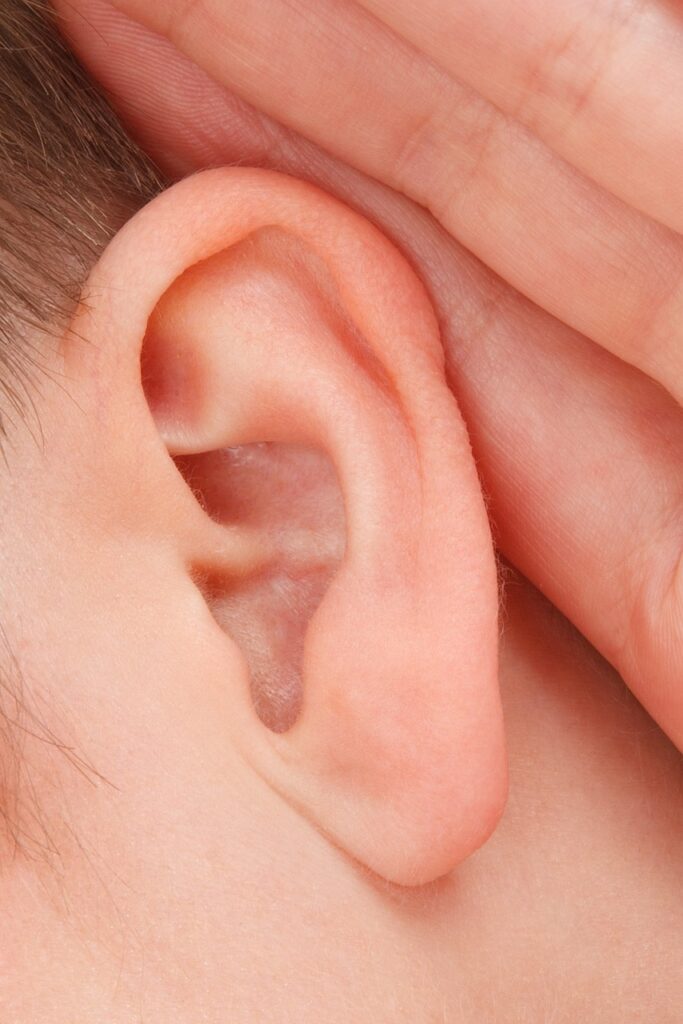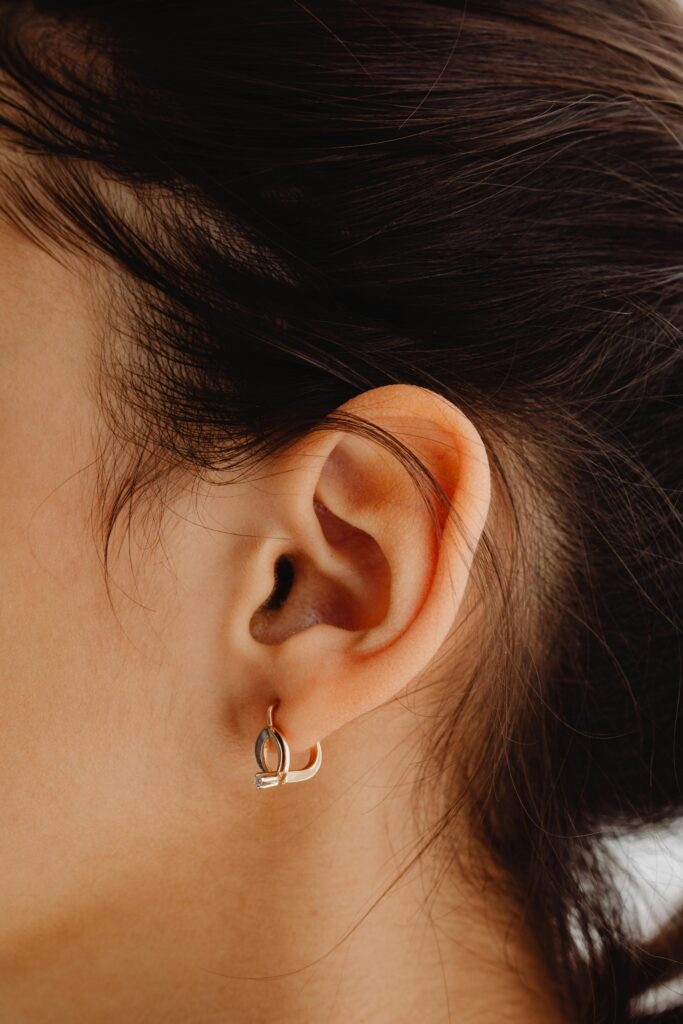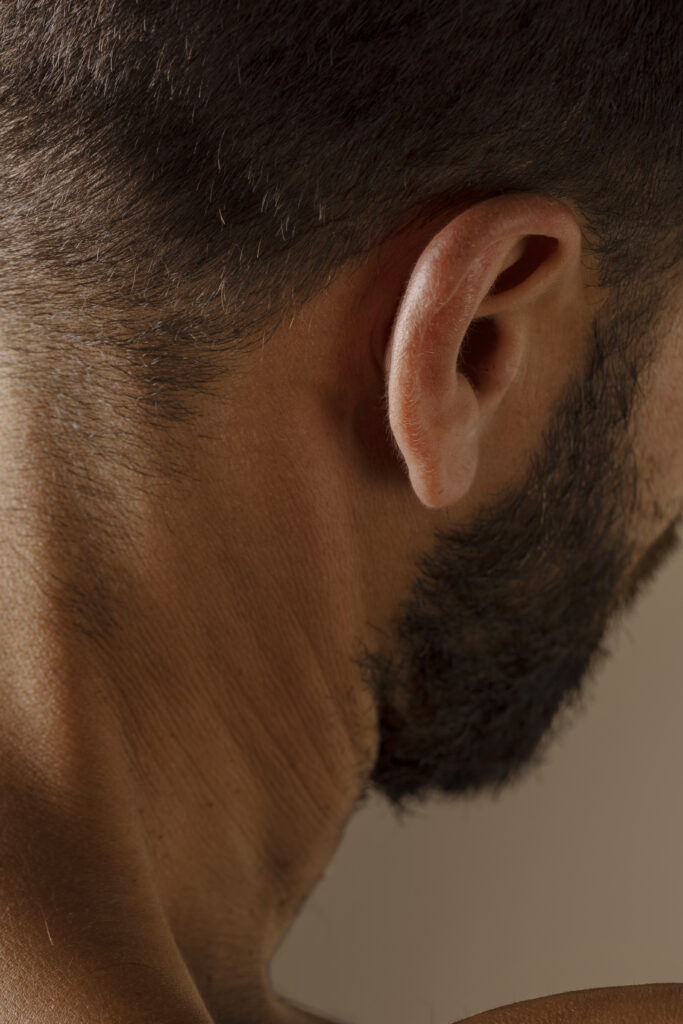Spread the love
When you have a ruptured eardrum, the position you sleep in can help minimize discomfort and support healing. Here are some guidelines for How To Sleep With An Ear Infection.

01. Choosing The Right Sleeping Position
- Affected Ear Facing Up: Always try to sleep with the ruptured ear facing up, not against the pillow. This reduces pressure on the injured ear and allows any potential drainage to flow naturally out of the ear rather than trapping it inside, which could lead to infection or prolonged healing.
- Unaffected Ear Down: Keeping your healthy ear against the pillow reduces the risk of accidental pressure on the ruptured ear. This can also be more comfortable if the ruptured ear is sensitive to touch.

02. Using Elevation to Your Advantage
- Elevate Your Head: Using extra pillows to keep your head elevated can help. Elevating your head minimizes fluid buildup in the middle ear, decreasing discomfort and promoting drainage.
- How to Elevate Properly: Arrange 1-2 additional pillows under your head and neck, but ensure they’re not too high to avoid neck strain. Consider a wedge pillow for consistent, angled support.

03. Avoid Sleeping Positions that Increase Pressure
- Avoid Stomach Sleeping: Sleeping on your stomach can increase the pressure in your ear canals. This added pressure can worsen the pain and potentially hinder the ear’s healing process by trapping fluids or preventing drainage.
- Try Your Back if Possible: If you can’t sleep on your side, sleeping on your back with a slightly elevated head is the next best option. This keeps your body and head stable and minimizes the chances of inadvertently rolling onto the ruptured ear.

04. Creating A Calm, Quiet Sleep Environment
- Noise Sensitivity: With a ruptured eardrum, sounds can sometimes feel louder, distorted, or uncomfortable. This heightened sensitivity might make it harder to fall asleep, so creating a calm environment is beneficial.
- Using White Noise Machines: A gentle white noise machine can provide soothing background noise that helps mask harsh or disruptive sounds, making it easier to drift off. White noise can also offer a calming effect if you find that ambient noise keeps you awake.
- Dimming Lights and Removing Distractions: Bright lights and devices can delay sleep onset, so keeping your room dim and setting aside screens an hour before bed can help you relax and prepare for restful sleep.

05. Pain Management Before Bedtime
- Follow Doctor’s Recommendations: A ruptured eardrum can be painful, especially at night. If your doctor has advised using pain relievers, consider taking them shortly before bed for maximum comfort through the night. Common recommendations include over-the-counter options like acetaminophen or ibuprofen, though follow your doctor’s exact guidance.
- Warm Compress: A warm compress placed gently near the affected ear can offer relief. Hold it near (but not on) the ear for 10-15 minutes before bed to help reduce pain and allow you to fall asleep more easily.
- Ear Protection During Sleep: Avoid inserting anything into the ear (like earplugs), as this can aggravate the injury or introduce infection risks. Instead, focus on outer ear warmth or comfort options your doctor might suggest.

06. Monitoring Symptoms and Follow-Up Care
- Watch for Symptoms of Infection: While sleeping and throughout the day, pay attention to any new symptoms, like increased drainage, fever, or worsening pain, as these could indicate infection. Promptly report such symptoms to your healthcare provider.
- Follow Recovery Advice: Eardrums often heal within weeks with proper care. Your doctor might advise avoiding water exposure in the affected ear, including during sleep. Using a soft cotton ball (as advised) near the ear’s outer part can help keep it dry and infection-free.

By following these guidelines, you can improve your comfort and reduce the chances of complications while you sleep with a ruptured eardrum.

How To Sleep With Sciatica 2024

Can You Sleep With A Tampon In 2024



4 thoughts on “How To Sleep With An Ear Infection”